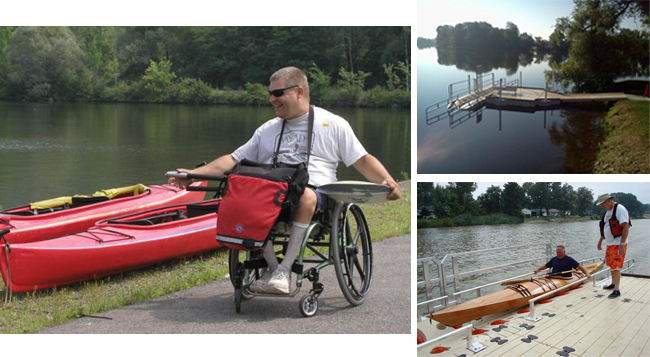
“When parks are accessible it sends a positive, inclusive message to the larger community and helps people with disabilities to be viewed as ordinary people.” So says The Northeast Americans with Disabilities Act (ADA) Center in regards to accommodating for people with disabilities. Disabilities can be physical (impacting mobility, strength, dexterity, stamina), sensory (vision, hearing, speech), or non-obvious (intellectual, cognitive, psychiatric, learning impairments, or health conditions such as cancer, diabetes, etc.).
All photos courtesy of Northeast ADA Center and NYSDEC
Kingston, NY, June 14, 2014 - In early 2013, New York Sea Grant (NYSG) partnered with the Northeast Americans with Disabilities Act (ADA) Center, a program of the Employment and Disability Institute within Cornell’s School of Industrial and Labor Relations, the New York State Department of Environmental Conservation (NYSDEC) and its Hudson Estuary Program to evaluate a series of boat launches and adjacent beach areas located along a 100 mile stretch of shoreline on both sides of the Hudson River.
"The goal was to begin an evaluation process that would help increase recreational access to New York’s waterfront resources for people with disabilities," said NYSG Hudson Estuary Specialist
Nordica Holochuck, who, along with project partners, host of a training session entitled “Hudson Estuary Accessibility Project: What Site Managers Need to Know" at the FDR Wallace Center in Hyde Park in late April. Prior to the workshop, Holochuck spent a significant amount of time promoting the training opportunity at events including a Hudson Valley Marine Trades Association meeting for local marine businesses.
At the meeting, Holochuck and her partners at the ADA Center and NYSDEC shared results of the project's accessibility study, which targeted 18 sites from Albany down to Yonkers in New York's mid-Hudson region. The 25 attendees – park managers, waterfront consultants, boating enthusiasts, land-trust managers, nonprofit educators and county and municipal officials – also received a booklet created by the ADA Center specifically for coastal business owners to help them implement best practices to accommodate customers. In the months to follow, the guide will also be shared with regional tourism agencies and business associations.
"While we were focusing in on ADA compliance and use of these selected sites along the Hudson," said
Dr. LaWanda Cook, a Training Specialist with the ADA Center, "the primary goal was to identify what the participating locations could do to facilitate use of their sites by people with disabilities." Site assessments consisted of two components: a legal compliance evaluation and a usability assessment. United Spinal Association completed the legal compliance assessments and individuals with disabilities affiliated with seven Independent Living Centers in the mid-Hudson region, assisted with the usability portion of the evaluations.
All study sites were selected based on prior partnership with NYSDEC, usually relating to New York State funding for boat launch construction. "Access is one of the NYSDEC Hudson Estuary Program’s Action Agenda Goals," said Holochuck, "and so this project is the first programmatic effort made to date concerning access for those users who are disabled in some way."
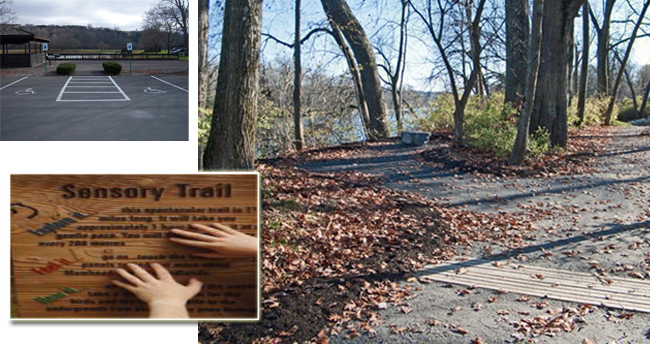
In an effort to help fund some of the project's accessibility
recommendations, which were published in a 350+ page December 2013
report, the NYSDEC released a grant Request for Proposals. Several
attendees at the late April training session expressed interest in
applying for funds, which include the availability of approximately
$350,000 for projects that provide direct access to the tidal waters of
the Hudson River Estuary for boating, swimming, fishing or education.
"The idea is to help provide some incentive to encourage and engage
municipal officials to take on some of the fixes cited in the report,"
said Holochuck. Cook encouraged applicants to consider partnering with the Independent Living Centers who were involved in the project to ensure representation from the disability community.
The NYSDEC says that while it strives to help businesses improve existing parks and boat launch areas, all new construction at its sites is required to meet the 2010 ADA accessibility standards. Since starting in 2001, DEC's 'Universal Access Program' has helped develop over 225 accessible sites on state lands. In addition to boat and canoe launches, these include areas for camping, fishing, hunting, wildlife viewing and hiking.
"This whole effort is built on the philosophy of the Independent Living Movement, which is that individuals with disabilities have the same basic rights to live independently and have full control over the direction of their lives, as persons without disabilities" said Cook. Explaining the significance of the project for program attendees as well as for individuals with disabilities, Cook added, “the “disability” community is part of your community – members of families, teenagers, active seniors, students, parents and members of clubs and organizations who use your parks and facilities.”
— Paul C. Focazio, NYSG's Web Content Manager
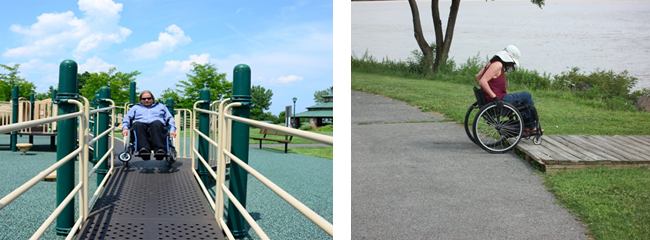
How can coastal recreation sites throughout New York State and the nation be made more inclusive for people with disabilities? Making pathways accessible, having proper signage and ample parking spots in the right locations are good places to start. (At left, above) A good example of an accessible pathway can be found at this location in Rockland County's Haverstraw Park (At right, above) The pier lip at this location in Westchester County's Verplanck Fishing Pier is too high for many to safely access it, without the possibility of tipping over.
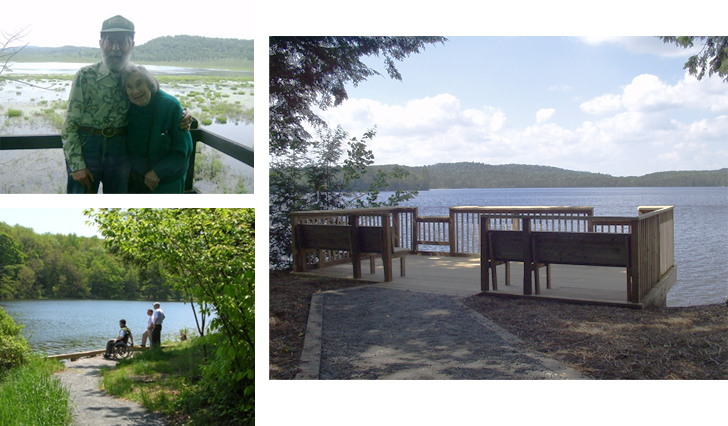
Can businesses afford to turn away nearly 30% of their customers? According to existing research, people with disabilities have $175 billion in discretionary income – more than twice that of teenagers. The breakdown of that annual spending figure includes travelers with disabilities ($13.6B), guests with disabilities ($4.2B on lodging) and patrons with disabilities ($35B at restaurants). "The disability community is part of your community," said Cook. "These are members of families, teenagers, active seniors, students, parents and members of clubs and organizations who use your parks and facilities."
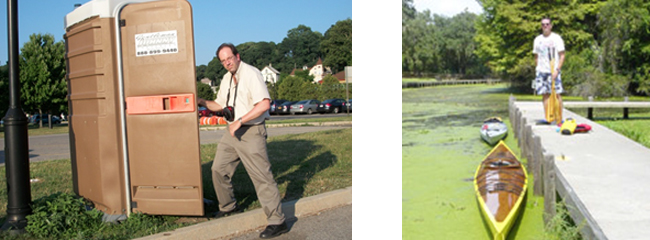
(At left, above) At this location at Westchester County's Peekskill Landing, this gentleman – who has an acquired health condition and sometimes uses a wheelchair or cane for mobility – is able to get up the curb and into the porta-potty. But most days, this kind of setup would not be accessible to him. “There was no access or disability-friendliness here," according to the project partners who assessed the usability of this site. "No accessible parking or restroom, whether intentional or not, doesn't send a message to persons with disabilities that they are welcome.” (At right, above) Open bank boat launch areas like this one offer no connecting walkways, making it a challenge to get into the Hudson River for those facing accessibility issues. There is also an increased risk of tipping getting in and out of kayaks and other recreational vehicles at such locales.
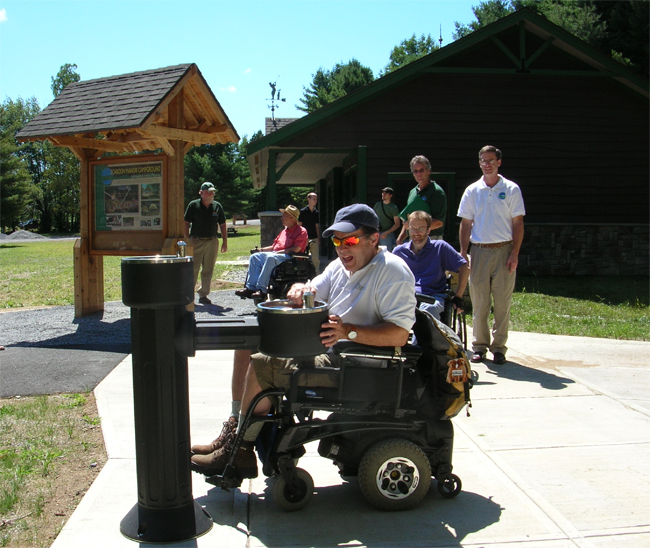
According to the U.S. Census, 1 in 5 Americans has a disability. This – paired with the fact that the number is increasing due the aging population, war-related injuries and better identification and treatments – gives weighted reason to improve accommodations at publicly and privately-owned locations such as coastal recreation areas. "People with disabilities represent a diverse group of individuals who have different needs to consider when designing facilities, providing services and selling goods," said Cook.
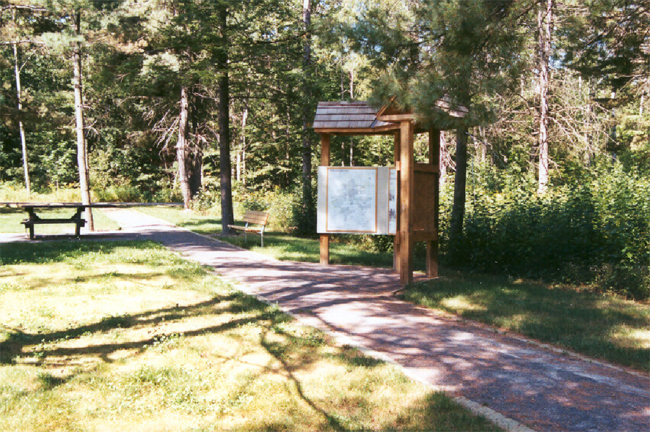
As cited in the final report for this study, "Allowing access to all obviously increases traffic and potential economic benefit." This includes making visitor information areas as well as things like benches and grills at parks the proper height and accessible via a clear pathway. "The goal here is to offer people with disabilities more recreational opportunities, as they need to be part of a community life," said Holochuck.
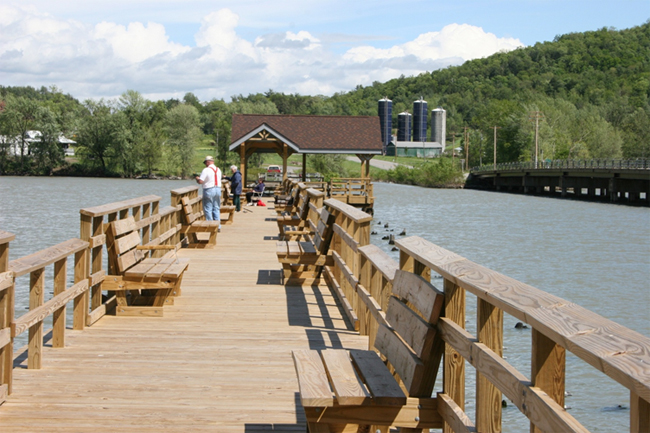
During this project, the partner organizations worked with several Independent Living Centers to gather information. "We wanted to ensure legal compliance, but equally important was to gain a sense of the usability of these spaces from the perspective of people disabilities," said Cook, of the process.
More Info: New York Sea Grant
New York Sea Grant (NYSG), a cooperative program of Cornell University
and the State University of New York, is one of 33 university-based
programs under the National Sea Grant College Program (NSGCP) of the
National Oceanic and Atmospheric Administration (NOAA). The NSGCP
engages this network of the nation’s top universities in conducting
scientific research, education, training and extension projects designed
to foster science-based decisions about the use and conservation of our
aquatic resources. Through its statewide network of integrated
services, NYSG has been promoting coastal vitality, environmental
sustainability, and citizen awareness about the State’s marine and Great
Lakes resources since 1971.
For updates on Sea Grant activities:
www.nyseagrant.org has RSS,
Facebook,
Twitter, and
YouTube links. NYSG also offers a free e-list sign up via
www.nyseagrant.org/coastlines for
NY Coastlines, its flagship publication, which, in 2014, merges with the program's e-newsletter,
Currents.
NY Coastlines is published several times a year.